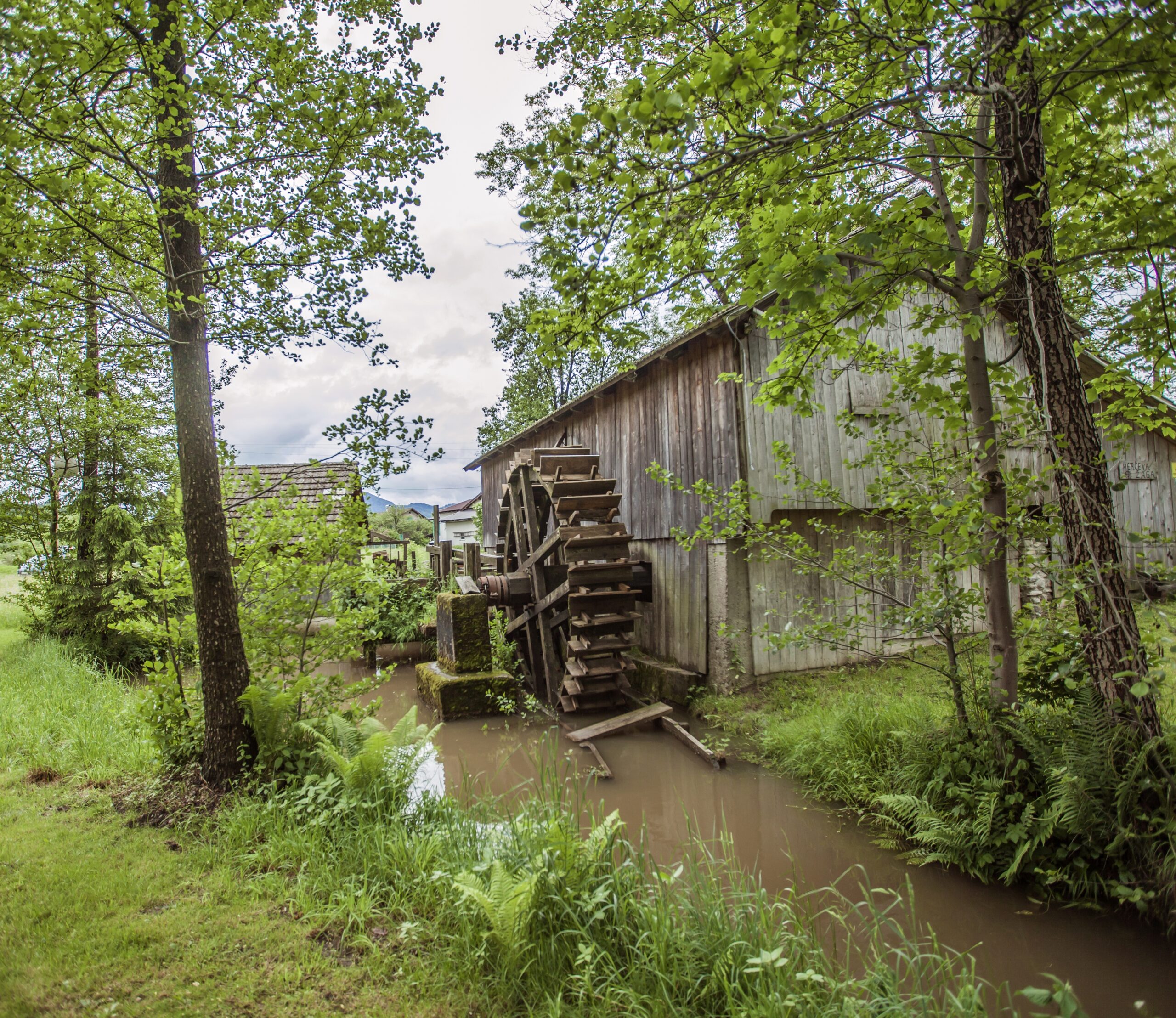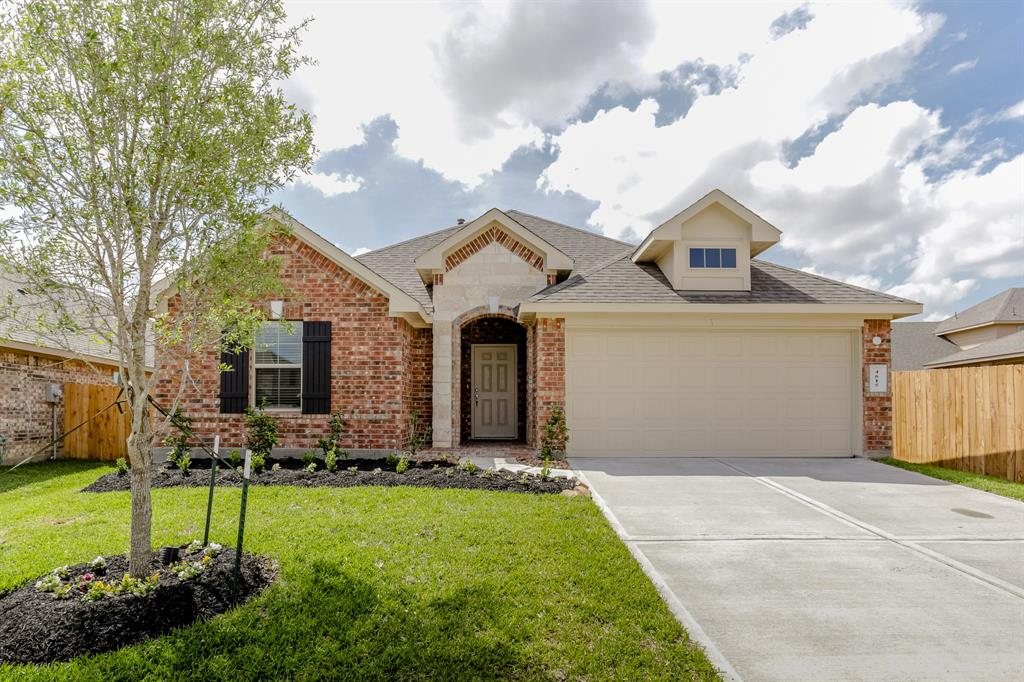A water mill house is a unique blend of history and nature, often nestled by picturesque rivers or streams. These iconic buildings once served as the heart of rural industry, harnessing water to power the milling process. Today, they are cherished as quaint homes, blending rustic charm with modern amenities. Whether you’re drawn to their historical significance or the serene surroundings they offer, a water mill house provides a unique opportunity to live in a place where history and nature converge. In this article, we’ll explore the history, features, and benefits of living in a water mill house, as well as how to find the perfect one.
What is a Water Mill House?
A water mill house is a historic building that was originally used to house a water-powered mill. These mills were used for various purposes, such as grinding grain, sawing lumber, or producing textiles. The structure typically included a mill wheel powered by flowing water, which turned mechanical machinery inside the building. The surrounding area often included a pond or river, which supplied the water needed to operate the mill. Over time, as industrialization took over, many water mills were abandoned or repurposed, with some being converted into private homes.
Today, water mill houses offer an extraordinary living experience for those seeking a connection with history and nature. While some of the original machinery may still remain, modern renovations have made these homes suitable for contemporary living. The beauty of the surrounding landscape and the peaceful sound of running water make them ideal places to relax and unwind.
History and Evolution of Water Mill Houses
Water mill houses have deep roots in the history of agriculture and industry. They were commonly built during the Middle Ages and served as essential parts of rural communities. Before the industrial revolution, water mills were vital for producing flour, grinding grain, and performing other tasks that required mechanical power.
In the early days, the mills were often located near rivers, streams, or other bodies of water to harness the energy of flowing water. The design of the water mill was simple, yet effective, often featuring large wooden gears and paddles to convert the water’s energy into mechanical force.
As the industrial revolution progressed, water mills were slowly phased out in favor of steam and electrical power. However, many old mill buildings were preserved and adapted for new uses, including as homes, hotels, or art galleries. In the 20th and 21st centuries, water mill houses gained popularity as sought-after properties due to their historical value and unique charm.
Architectural Features of Water Mill Houses
Water mill houses are distinctive in both their exterior and interior design. The architecture reflects the utilitarian nature of their original purpose, with sturdy materials and functional layouts. Some key features include:
- Stone or Brick Construction: Many water mill houses are built using local stone or brick, giving them a rustic and solid appearance. The exterior often features large windows and open spaces, allowing residents to enjoy the natural surroundings.
- Mill Wheel and Machinery: While most modern water mill houses have removed the working mill machinery, many retain the iconic mill wheel or remnants of the original equipment. These can serve as decorative features or reminders of the property’s history.
- Exposed Beams and Timber: Inside, you’ll often find high ceilings with exposed beams and wooden floors. The raw beauty of timber complements the rustic charm of the structure, making the house feel cozy and connected to nature.
- Open Plan Layout: Water mill houses often boast open-plan designs, with large rooms that allow for flexible living arrangements. The spacious layouts are ideal for family life or entertaining guests.
- Modern Touches with Historical Charm: While the exterior retains its historic charm, modern amenities such as updated kitchens, bathrooms, and energy-efficient systems are often incorporated into the renovations.
Benefits of Living in a Water Mill House
Living in a water mill house comes with several unique benefits. From the rich history to the peaceful environment, here’s why these homes are so desirable:
1. Historical Significance
Owning a water mill house means living in a piece of history. These buildings often come with fascinating backstories, whether they were once used to grind grain, saw timber, or serve as an important part of a community’s economy. Many owners take pride in preserving and restoring these properties, making them a valuable part of heritage conservation.
2. Natural Beauty and Serenity
Water mill houses are often located in picturesque settings, surrounded by rivers, streams, or lush green landscapes. The gentle sound of flowing water creates a peaceful atmosphere, perfect for those who seek tranquility away from the hustle and bustle of city life. It’s not just about the home; it’s about the experience of living close to nature.
3. Sustainability and Eco-Friendly Living
Many water mill houses have been renovated with sustainability in mind. With natural water sources nearby, some homeowners opt to use water-powered systems for energy, reducing their reliance on traditional power grids. Additionally, the integration of renewable energy sources like solar panels is becoming increasingly common in water mill house renovations.
4. Unique Architectural Appeal
Water mill houses are unique in design and layout, offering a one-of-a-kind living space. The combination of historic features and modern renovations results in a home that is both functional and aesthetically pleasing. Whether you’re looking for a rustic escape or a stylish home with a lot of character, a water mill house can be the perfect choice.
How to Find a Water Mill House
Finding a water mill house can be a rewarding yet challenging task. These properties are often located in rural or semi-rural areas, so it’s important to know where to look. Here are some tips for finding your perfect water mill house:
- Real Estate Websites: Specialized real estate platforms or those dedicated to historic properties may list water mill houses for sale. Look for listings with terms like “historic homes,” “converted mills,” or “riverfront properties.”
- Work with a Local Realtor: Real estate agents in rural or countryside areas are likely to know about water mill houses that are not widely advertised. They can help you find properties that meet your specific criteria.
- Attend Property Auctions: In some cases, historic water mill houses are sold at auction. These properties might require more investment for renovation, but they can offer a great opportunity to own a unique piece of history.
- Check Historic Property Listings: National and local historic preservation organizations often maintain lists of buildings that are protected and available for purchase.
Conclusion
A water mill house offers a unique living experience that blends history, nature, and architectural beauty. Whether you are drawn to the charm of the historic building, the serenity of the surrounding landscape, or the opportunity to live in a home that tells a story, a water mill house is a remarkable option. By considering the benefits and understanding the architectural features, you can make an informed decision when looking for your dream water mill home.




